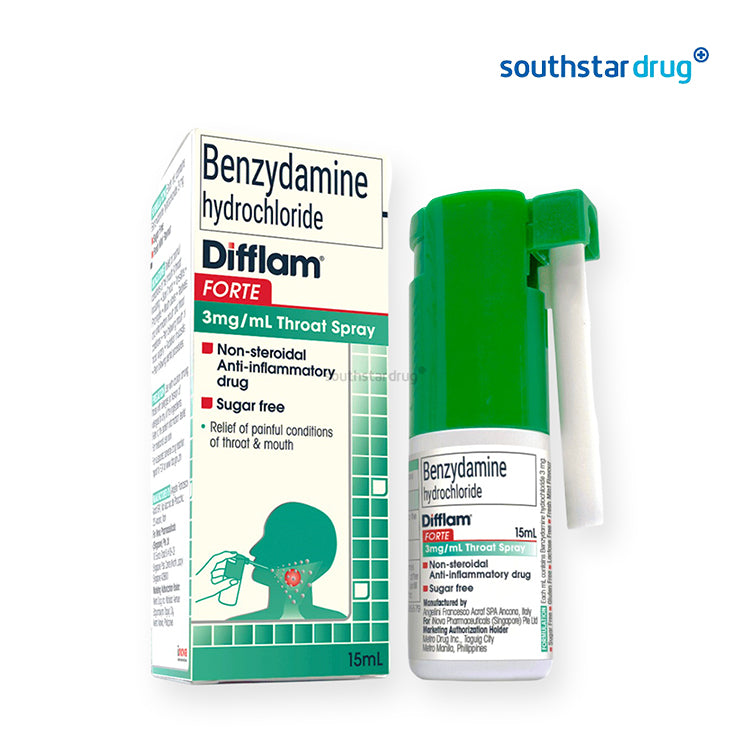Baby Corner
Sidebar
Raising A Happy Baby
Published by: Southstar Drug
So you know what and how to feed your baby, how to change...
Your Small Superhero: How Your Baby Is More Extraordinary Than You Think
Published by: Southstar Drug
Anyone who has ever held an infant knows how small and fragile they...
Hand-Foot-and-Mouth Disease
Published by: Southstar Drug
We mommies always go the extra mile to make sure that our babies...
Gastroenteritis
Published by: Southstar Drug
Gastroenteritis is more than just a stomach ache. There’s more to it than...
Hair Loss in Babies
Published by: Southstar Drug
If you notice that your newborn baby has been losing his hair on...






